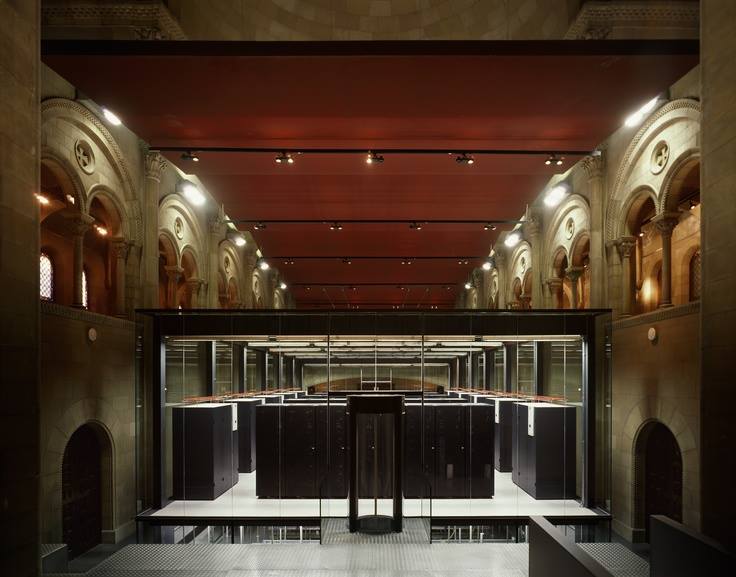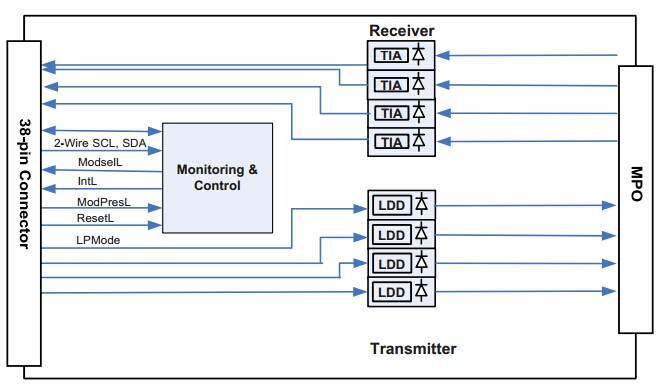As a world renowned enterprise in communication and information technology industry, Cisco’s networking products have been gained worldwide reputation among these years. Fiber optical transceiver is a networking technology used within buildings in local-area networks and across great distances in wide-area networks. 1000BASE SFP modules with various protocols offer optimized 1G Ethernet connectivity for diverse networking environments. Cisco SFP modules include 1000BASE-T SFP, 1000BASE-SX SFP, 1000BASE-LX/LH SFP, 1000BASE-EX SFP, etc. This passage would put emphasis on Cisco SFP modules and comprehensively present the Cisco SFP datasheet.
Overview on Cisco 1000BASE SFP Modules
Cisco’s industry-standard SFP is a hot-swappable input/output device that plugs into a Gigabit Ethernet port/slot, linking the port with the fiber optic network. SFPs can be used and interchanged on a wide variety of Cisco products and can be intermixed in combinations of IEEE 802.3z- compliant 1000BaseSX, 1000BaseLX/LH, or 1000BaseZX interfaces on a port-by-port basis. All of the Cisco 1000BASE SFP modules were certified and tested for superior performance, quality, and reliability. So the customers could rest assured to plug these hot-swappable input or output device into the 1 Gigabit Ethernet ports.
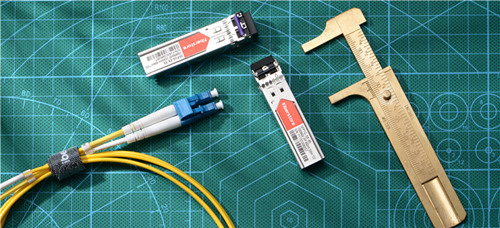
Nowadays, they have been widely applied to data center, high-performance computing networks, enterprise core and distribution layers, and service provider applications. Basically, there are totally 12 form factors of Cisco 1000BASE SFP modules. Owing to time and space limitation, we would briefly introduce Cisco 1000BASE-SX SFP, Cisco 1000BASE-LX/LH SFP, Cisco 1000BASE-EX SFP, and Cisco 1000BASE-ZX SFP.
Cisco 1000BASE-SX SFP Datasheet
The Cisco 1000BASE-SX SFP is fully compatible with the IEEE 802.3z 1000BASE-SX standard. It operates on legacy 50 μm multimode fiber links up to 550 m and on 62.5 μm Fiber Distributed Data Interface (FDDI)-grade multimode fibers up to 220 m. This Cisco 1000BASE-SX SFP module can support up to 1 km over laser-optimized 50 μm multimode fiber cable. This Cisco multimode SFP module can be used to connect the 1000BASE SFP port on Cisco switch. The Cisco 1000BASE-SX SFP datasheet is shown as below:
| Form Type | SFP-GE-S-2 |
| Max Data Rate | 1000Mbps |
| Wavelength | 1310nm |
| Max Transmission Distance | 2km |
| Interface | LC duplex |
| Fiber Type | MMF |
| DOM Support | Yes |
| TX Power | -9.5~-3dBm |
| Receiver Sensitivity | < -17dBm |
| Operating Temperature | 0 to 70°C (32 to 158°F) |
Cisco 1000BASE-LX/LH SFP Datasheet
The Cisco 1000BASE-LX/LH SFP is compatible with the IEEE 802.3z 1000BASE-LX standard. It operates on standard single-mode fiber-optic link spans of up to 10 km and up to 550 m on any multimode fibers. When used over legacy multimode fiber type, the transmitter should be coupled through a mode conditioning patch cable. This Cisco singlemode SFP datasheet is shown as below:
| Form Type | GLC-LH-SM |
| Max Data Rate | 1000Mbps |
| Wavelength | 1310nm |
| Max Transmission Distance | 10km |
| Interface | LC duplex |
| Fiber Type | SMF |
| DOM Support | Yes |
| TX Power | -9.5~-3dBm |
| Receiver Sensitivity | < -23dBm |
| Operating Temperature | 0 to 70°C (32 to 158°F) |
Cisco 1000BASE-EX SFP Datasheet
The Cisco 1000BASE-EX SFP operates on standard singlemode fiber optic link spans of up to 40 km in length. A 5-dB inline optical attenuator should be inserted between the fiber-optic cable and the receiving port on the SFP at each end of the link for back-to-back connectivity. Like the last one, the Cisco 1000BASE-EX is also a Cisco singlemode SFP module, the detailed datasheet is shown in the following table.
| Form Type | GLC-EX-SMD |
| Max Data Rate | 1000Mbps |
| Wavelength | 1310nm |
| Max Transmission Distance | 40km |
| Interface | LC duplex |
| Fiber Type | SMF |
| DOM Support | Yes |
| TX Power | -5~0dBm |
| Receiver Sensitivity | < -24dBm |
| Operating Temperature | 0 to 70°C (32 to 158°F) |
Cisco 1000BASE-ZX SFP Datasheet
The Cisco 1000BASE-ZX SFP module operates on standard singlemode fiber optic link spans of up to approximately 70 km in length. The SFP provides an optical link budget of 21 dB, but the precise link span length depends on multiple factors such as fiber quality, number of splices, and connectors. This Cisco singlemode SFP datasheet is shown in the following table.
| Form Type | GLC-ZX-SM |
| Max Data Rate | 1000Mbps |
| Wavelength | 1310nm |
| Max Transmission Distance | 80km |
| Interface | LC duplex |
| Fiber Type | SMF |
| DOM Support | Yes |
| TX Power | -2~3dBm |
| Receiver Sensitivity | < -24dBm |
| Operating Temperature | 0 to 70°C (32 to 158°F) |
Conclusion
1000BASE SFP transceiver is the most commonly used component for Gigabit Ethernet application. And Cisco SFP modules account for a large share on Gigabit Ethernet optics’ market, which are paramount for data centers, enterprises and etc. With so many types available in the market, careful notice should be given to the range of differences, both in distance and price of Cisco multimode SFP and Cisco singlemode SFP module. FS.COM will be a good choice with good compatibility, support offerings and great reputation.

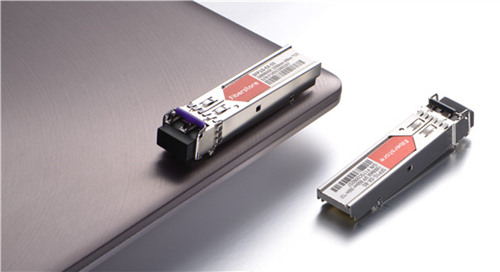
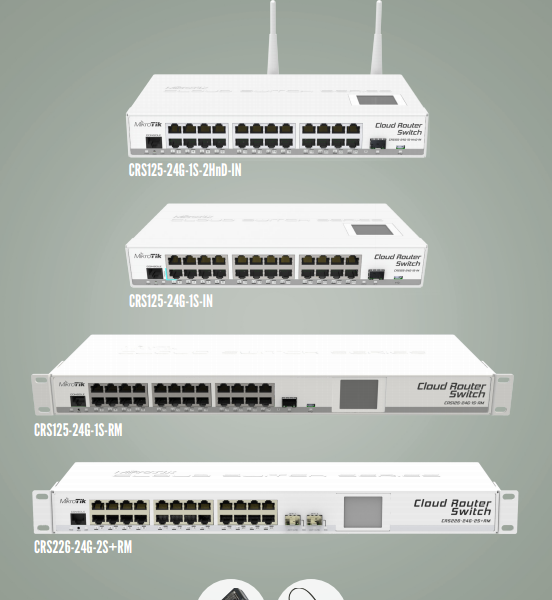
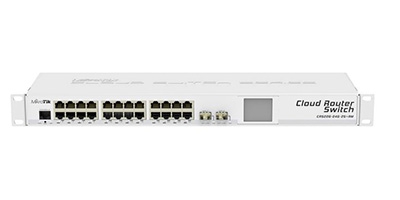
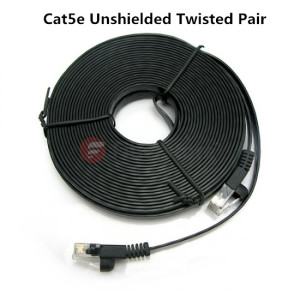
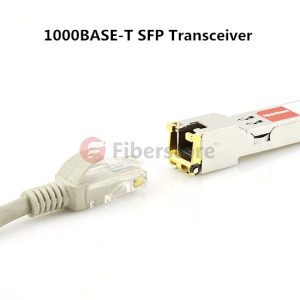
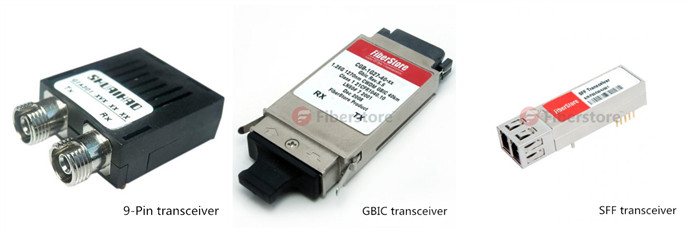
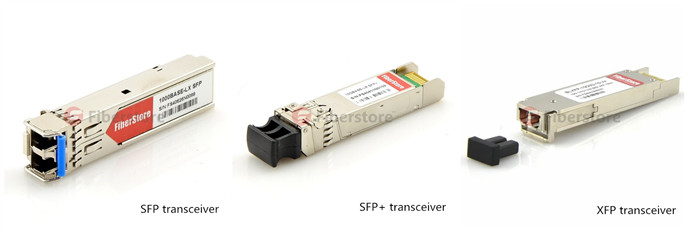
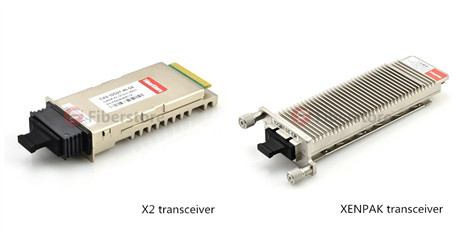 XENPAK transceiver is a pluggable transceiver for 10Gbps applications, specifically 10 Gigabit Ethernet. The electrical interface is called XAUI, which provides four 2.5Gbps signals to the transmitter, which multiplexes or serialize them into a single 10Gbps signal to drive the source. It uses a 70-pin electrical connector. The optical interface is usually a duplex SC.
XENPAK transceiver is a pluggable transceiver for 10Gbps applications, specifically 10 Gigabit Ethernet. The electrical interface is called XAUI, which provides four 2.5Gbps signals to the transmitter, which multiplexes or serialize them into a single 10Gbps signal to drive the source. It uses a 70-pin electrical connector. The optical interface is usually a duplex SC.